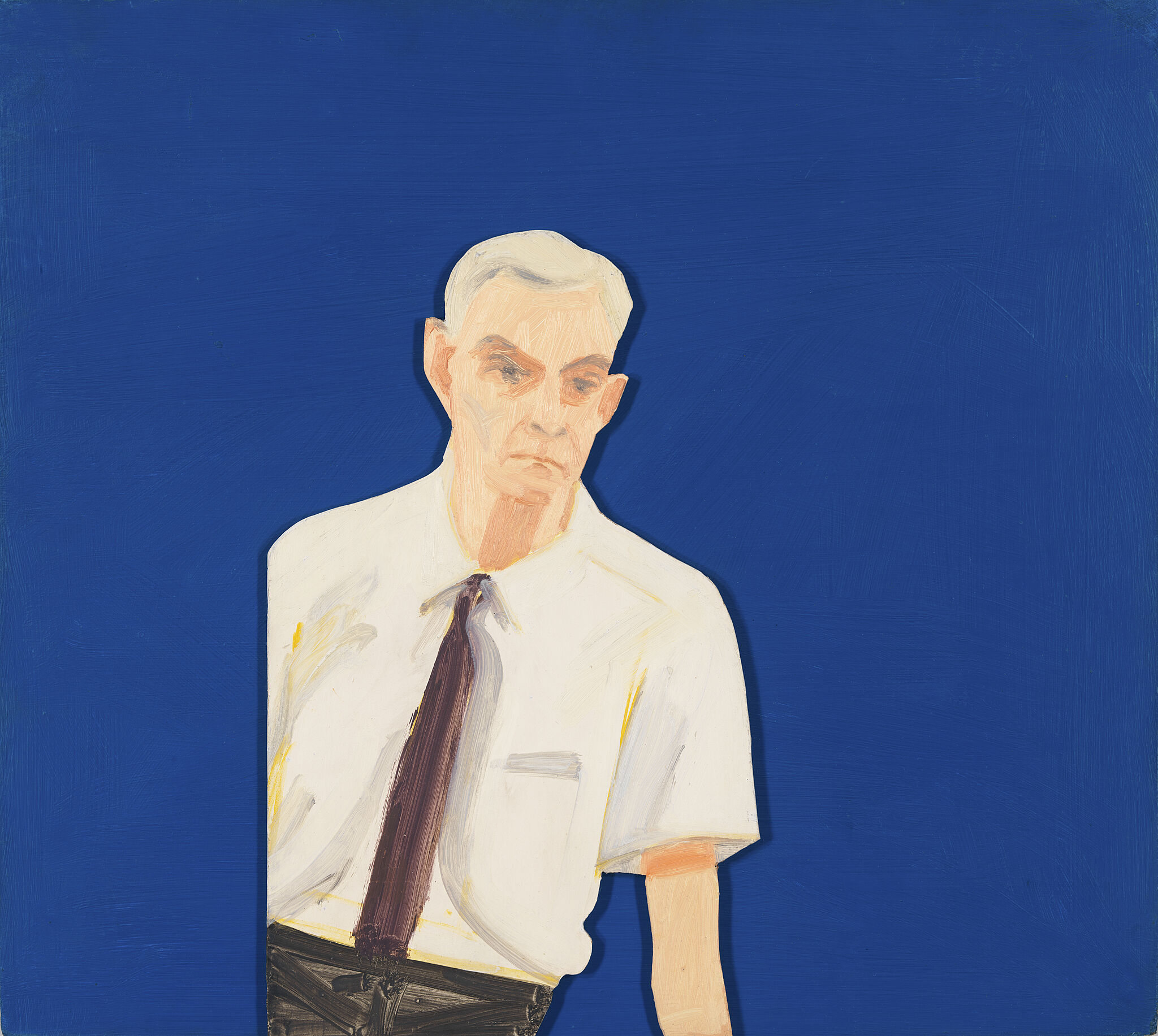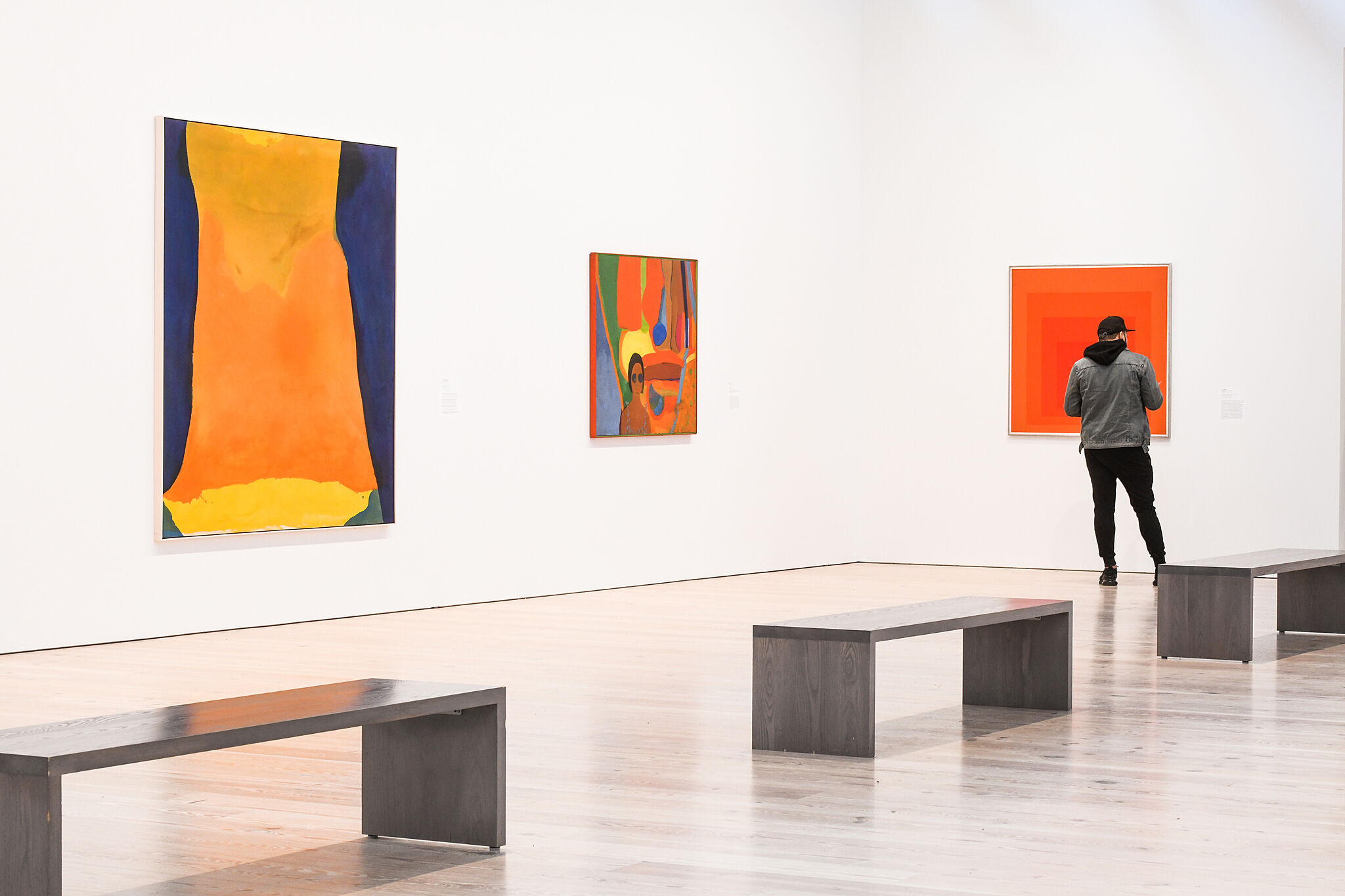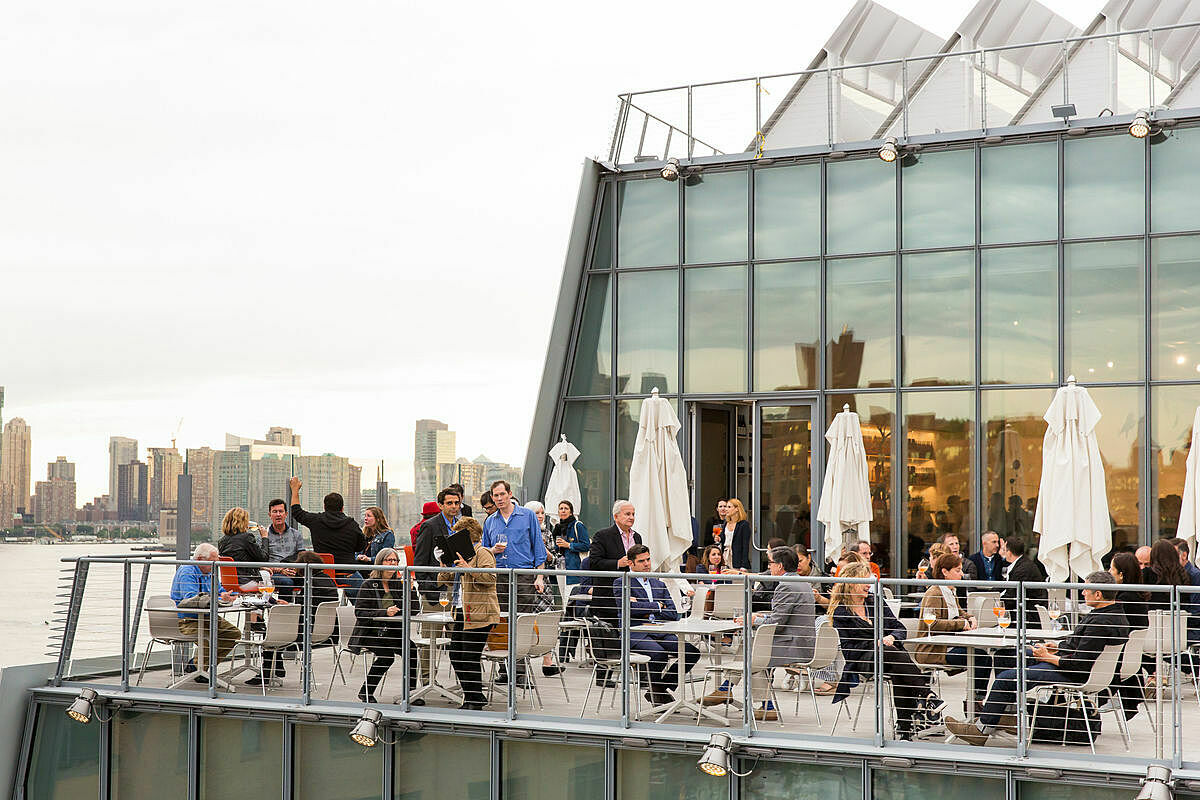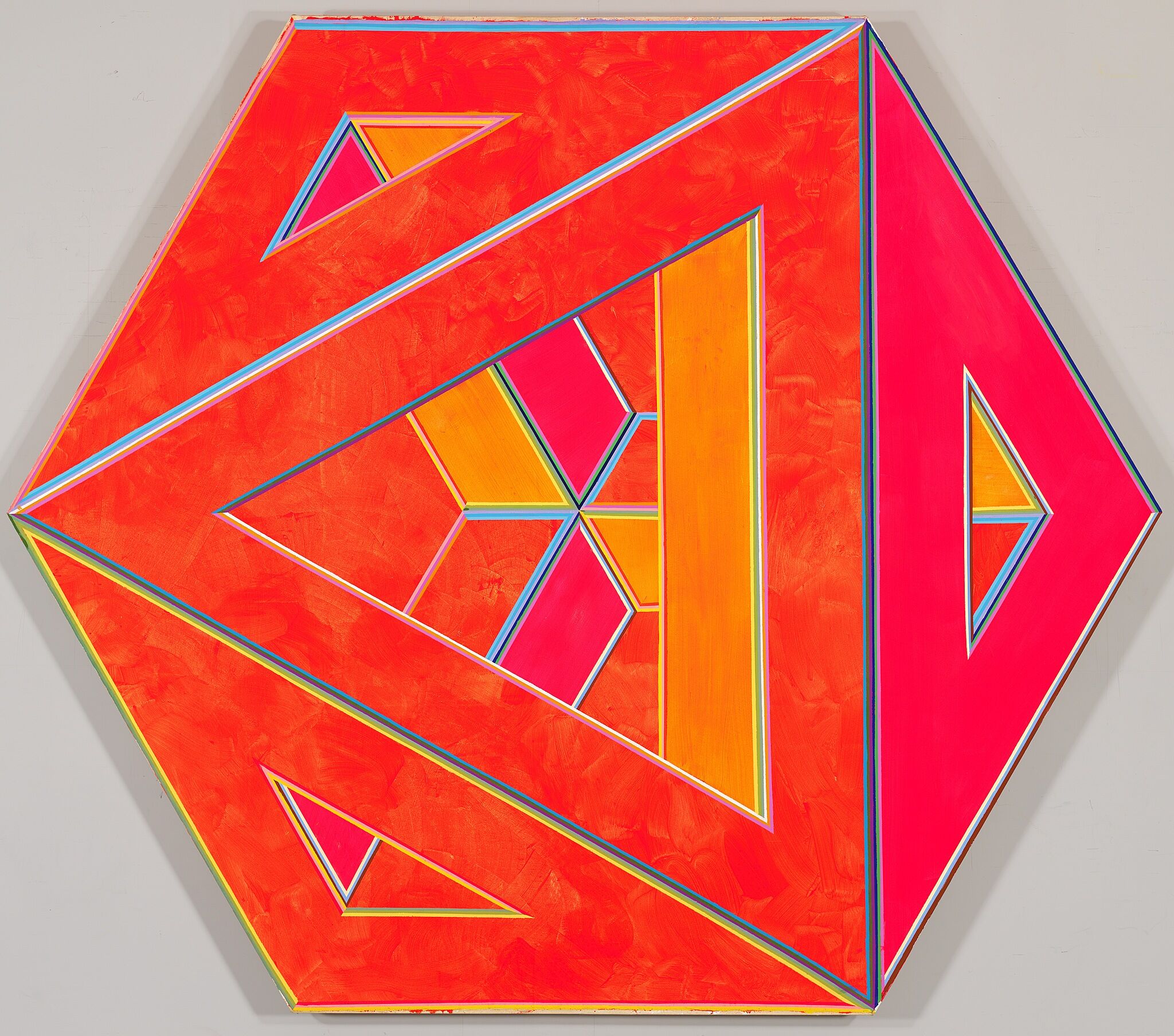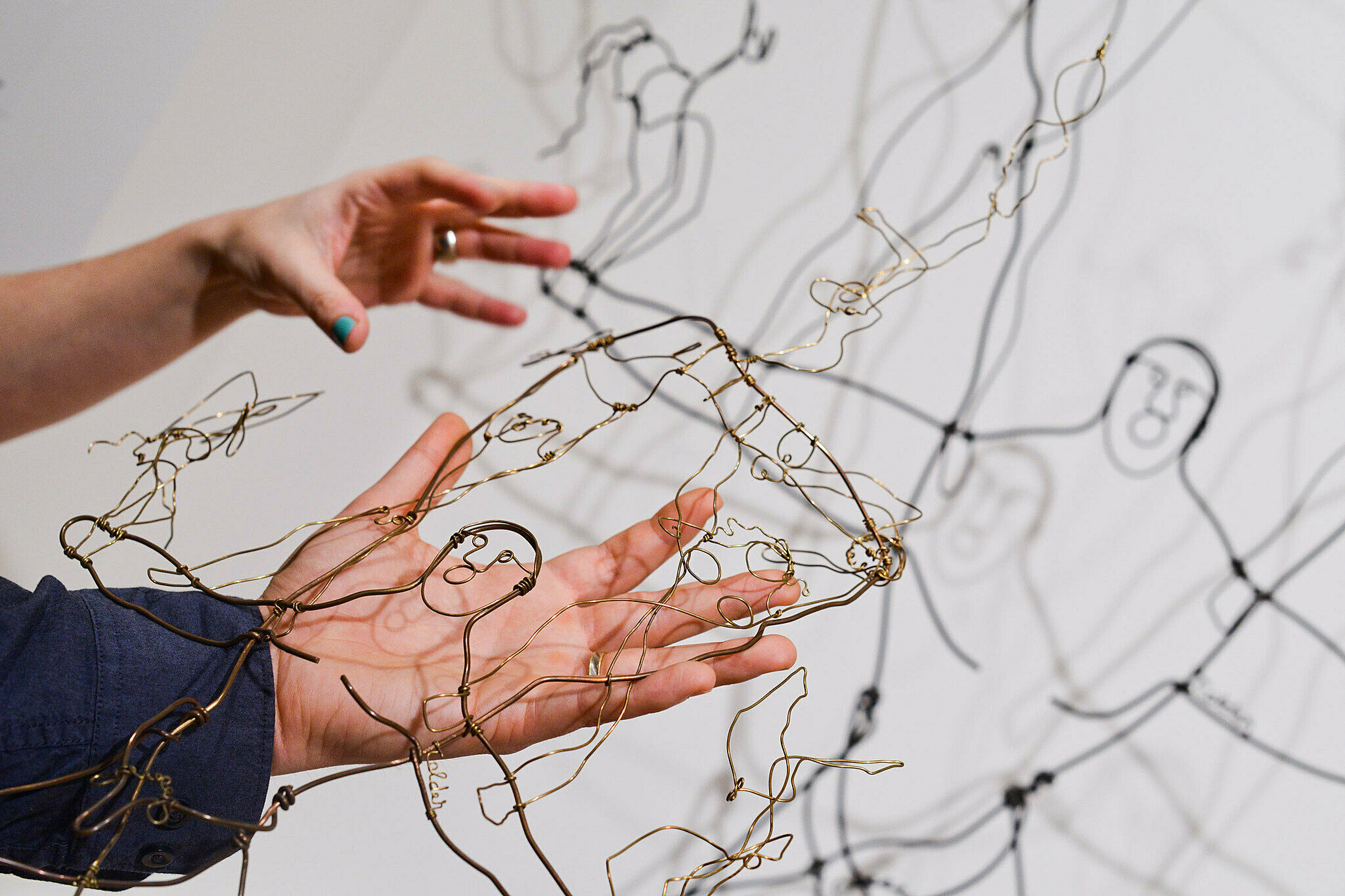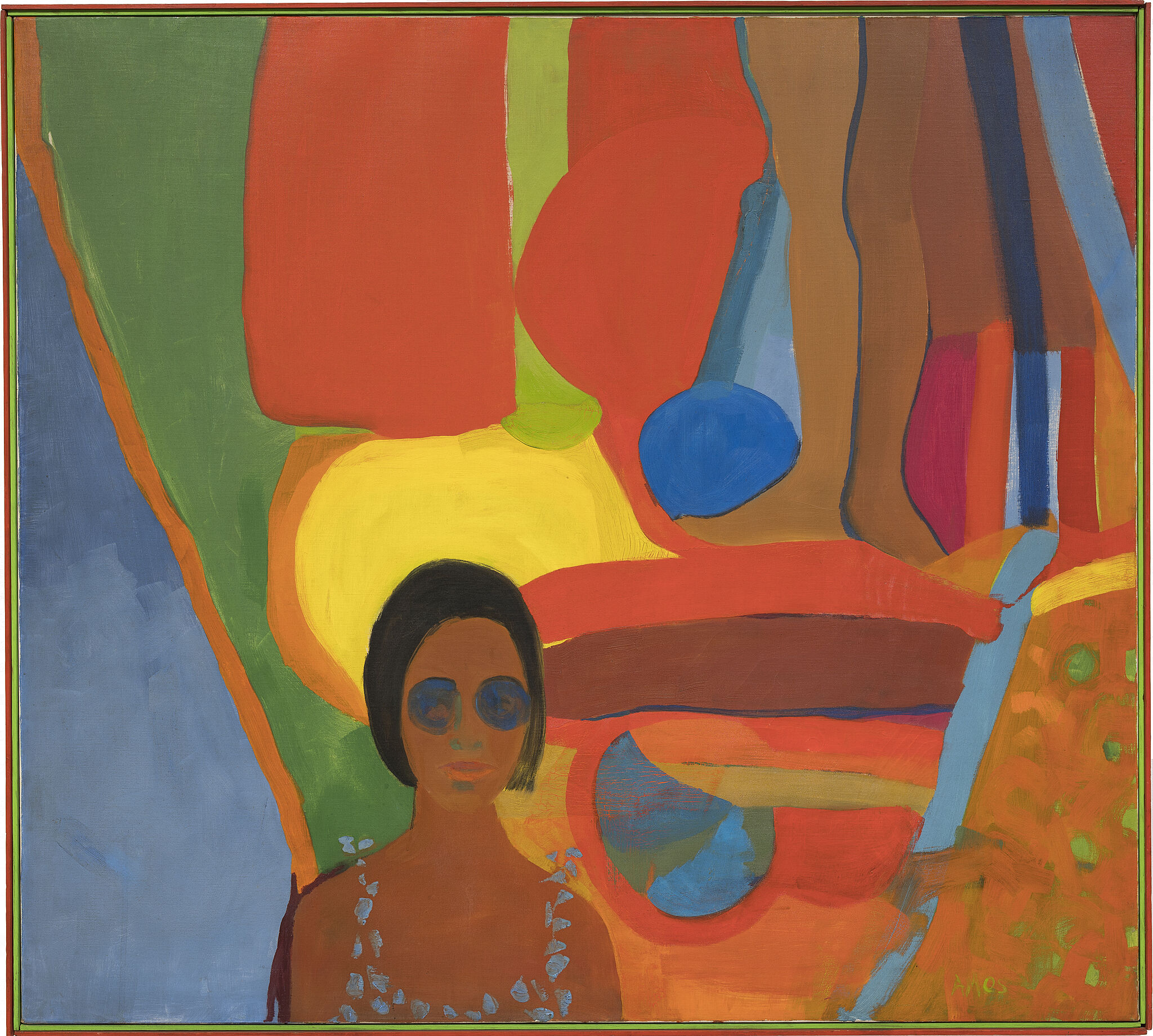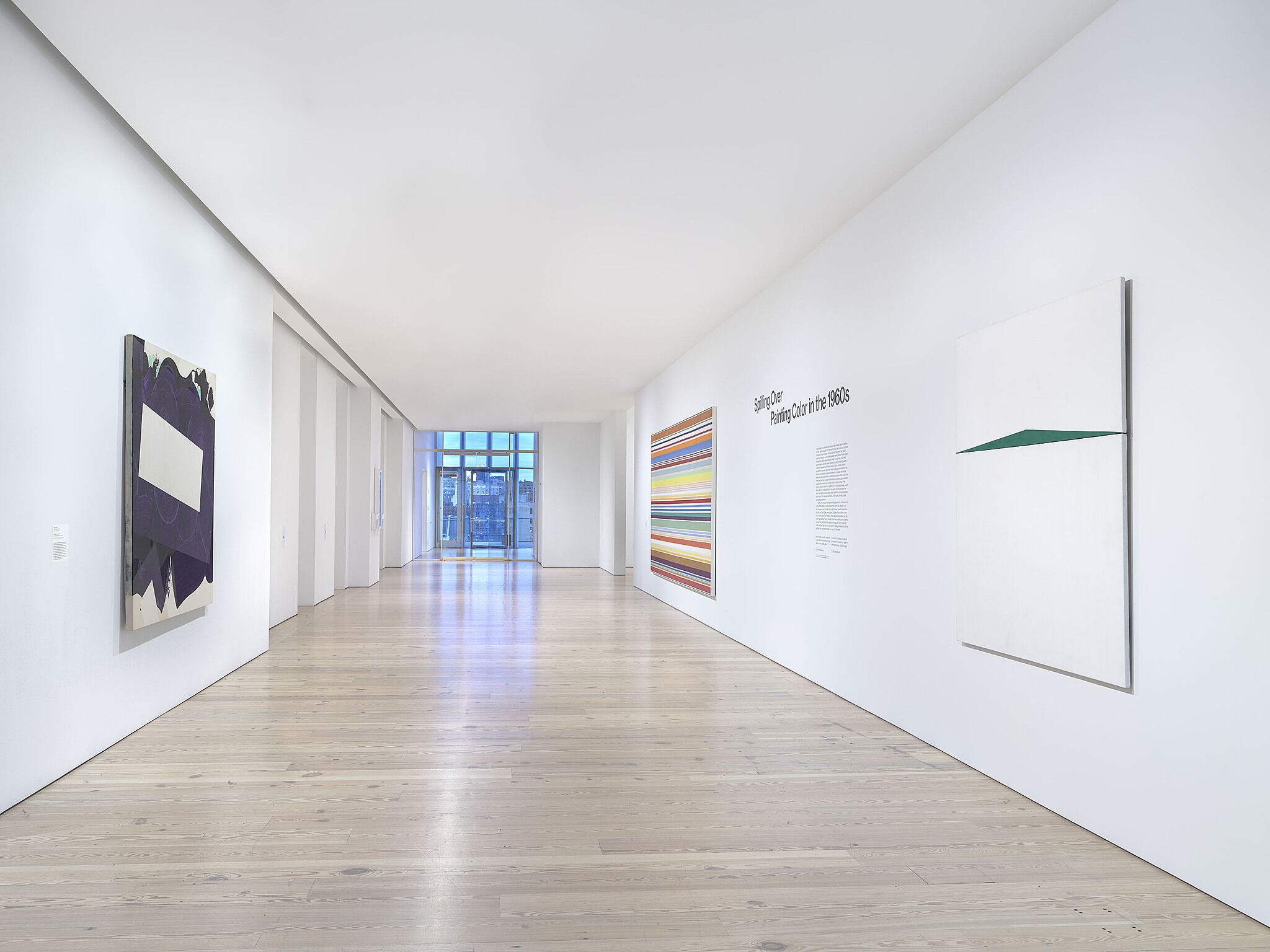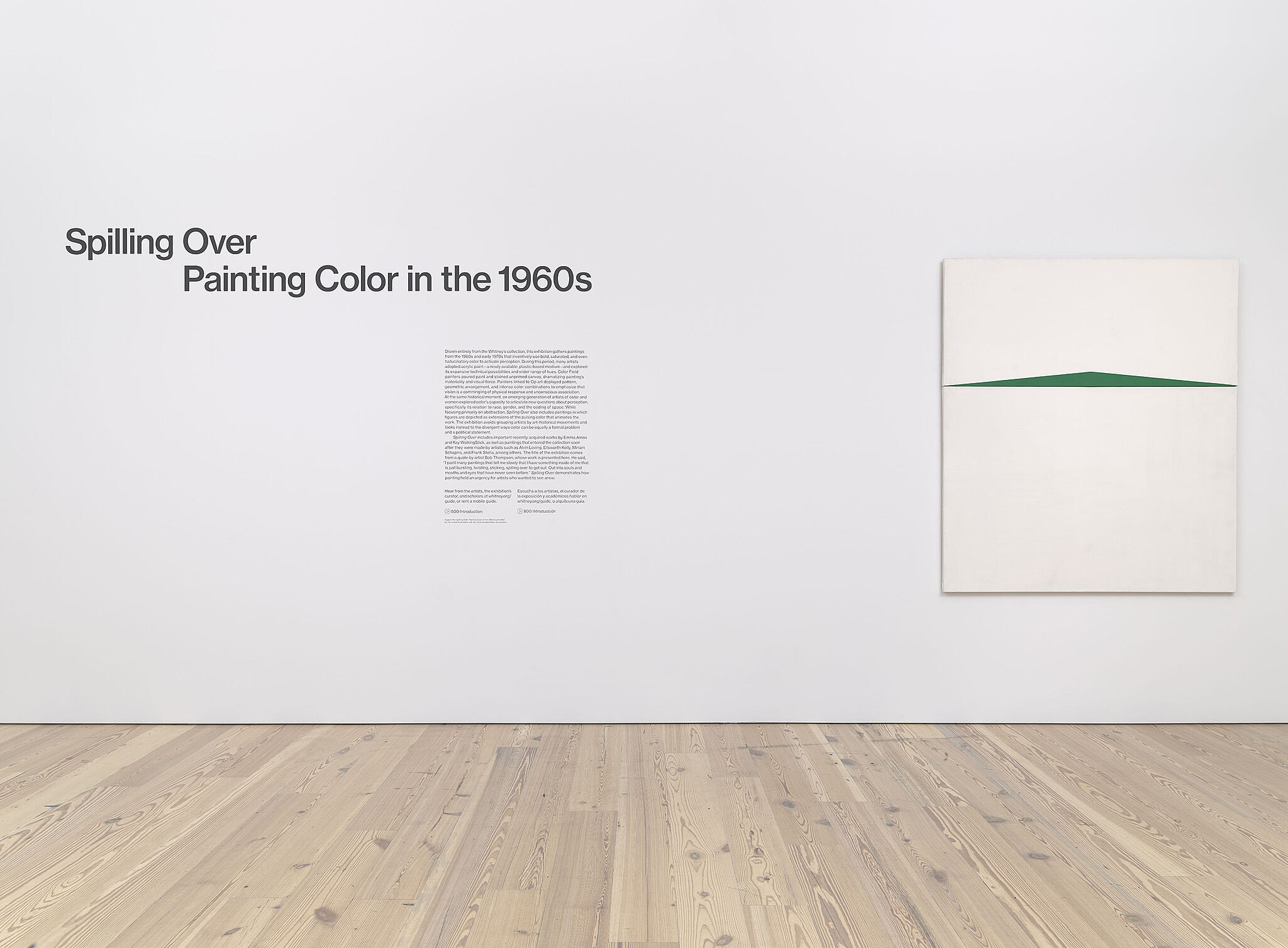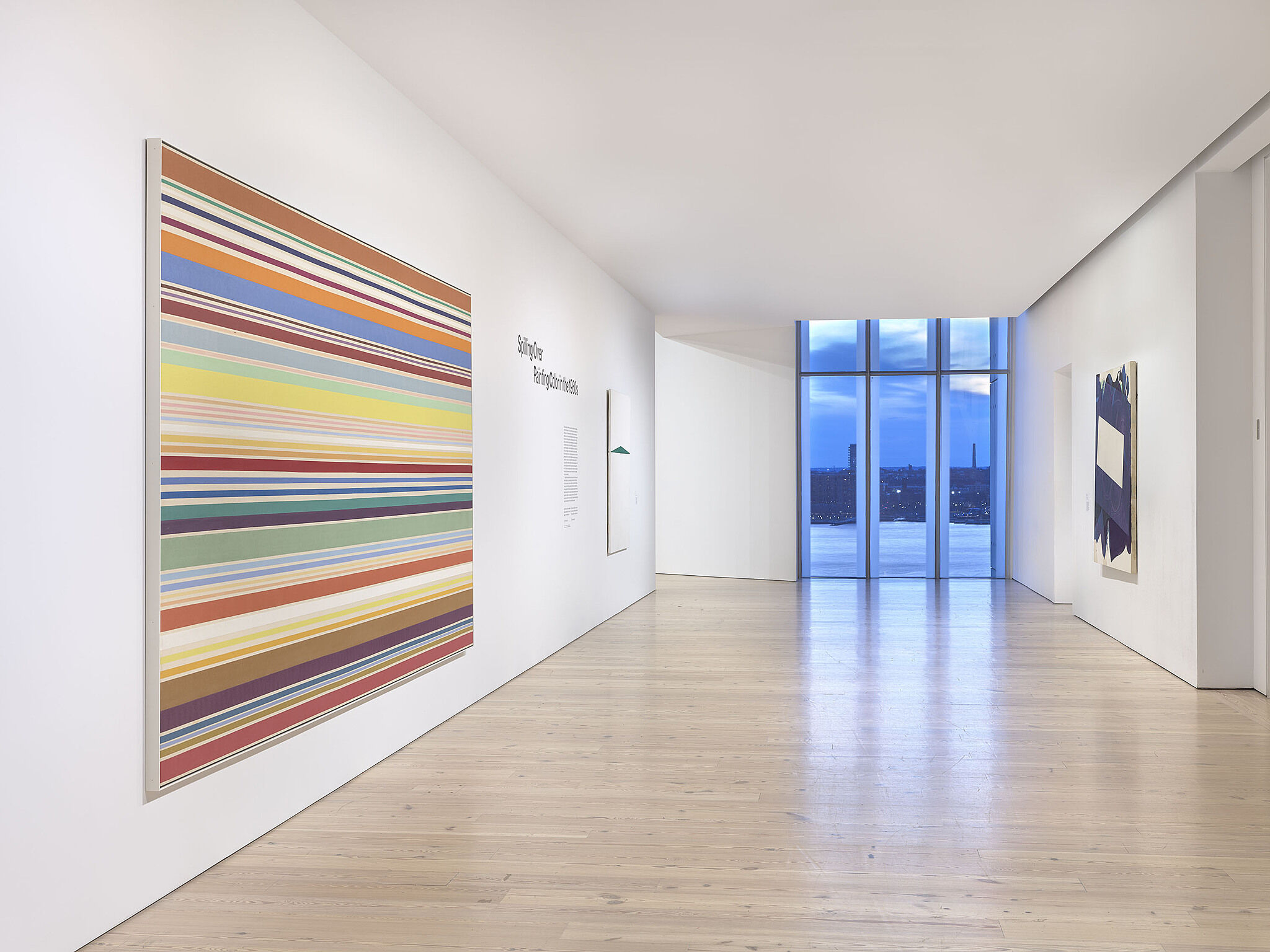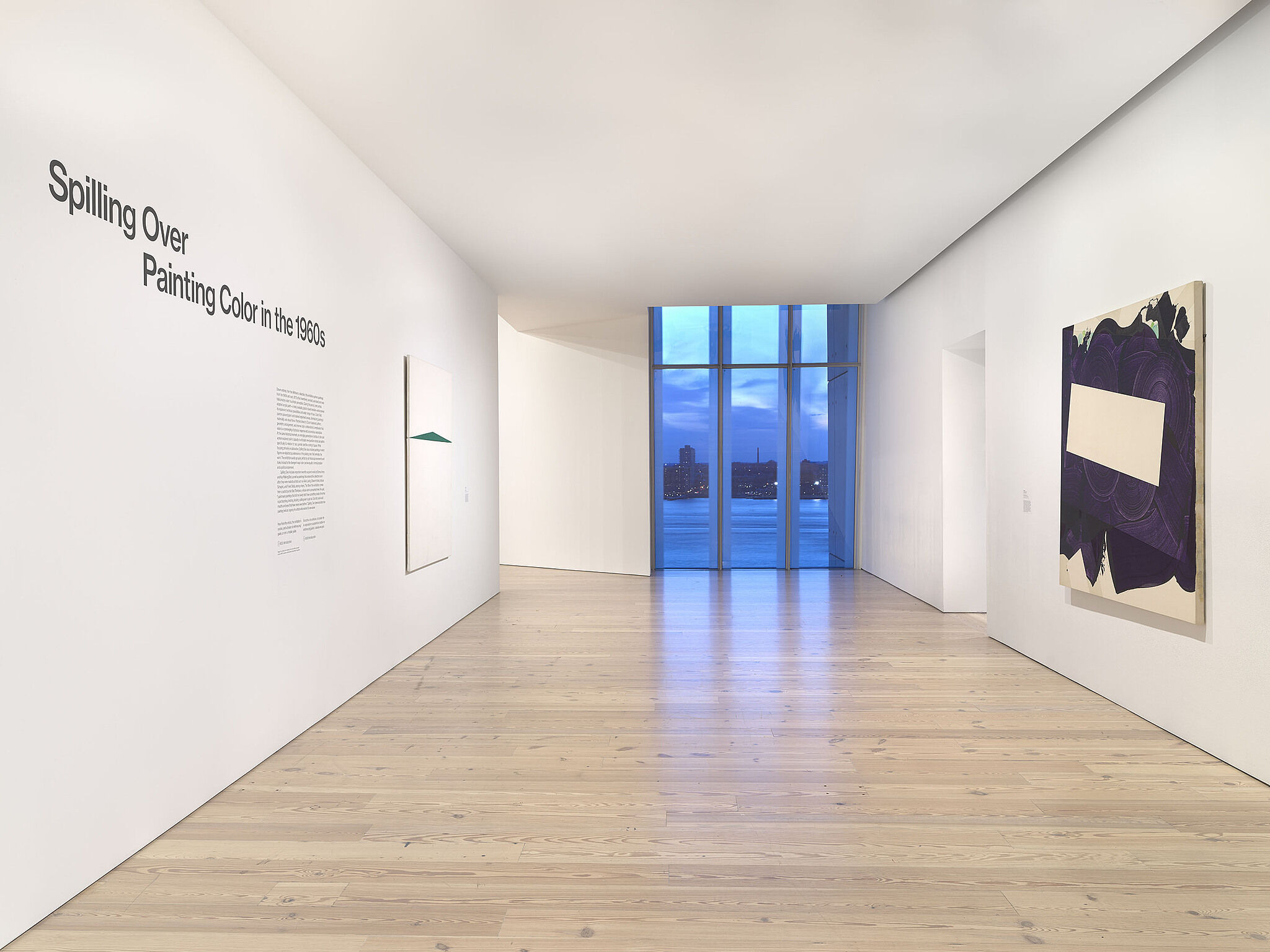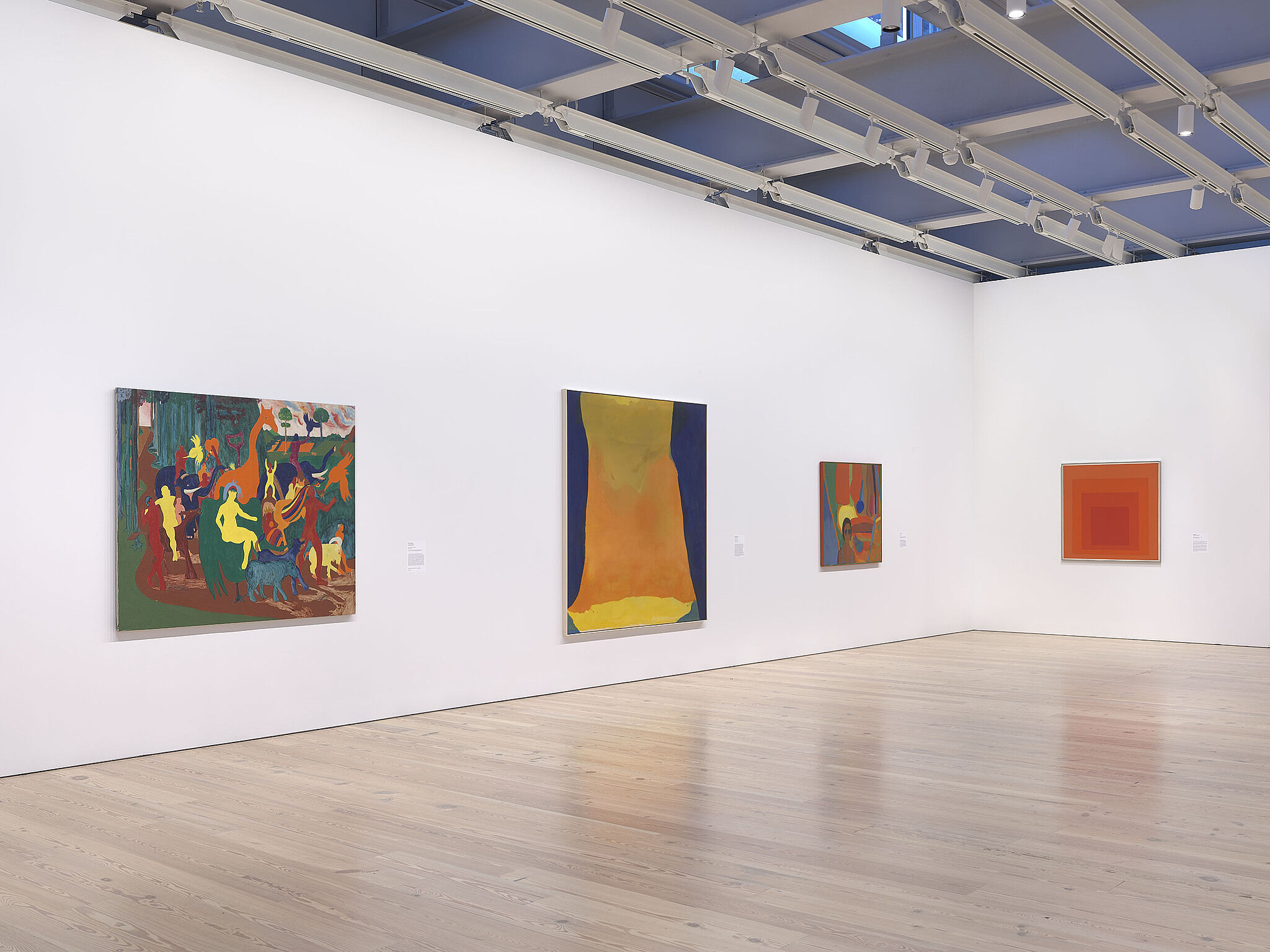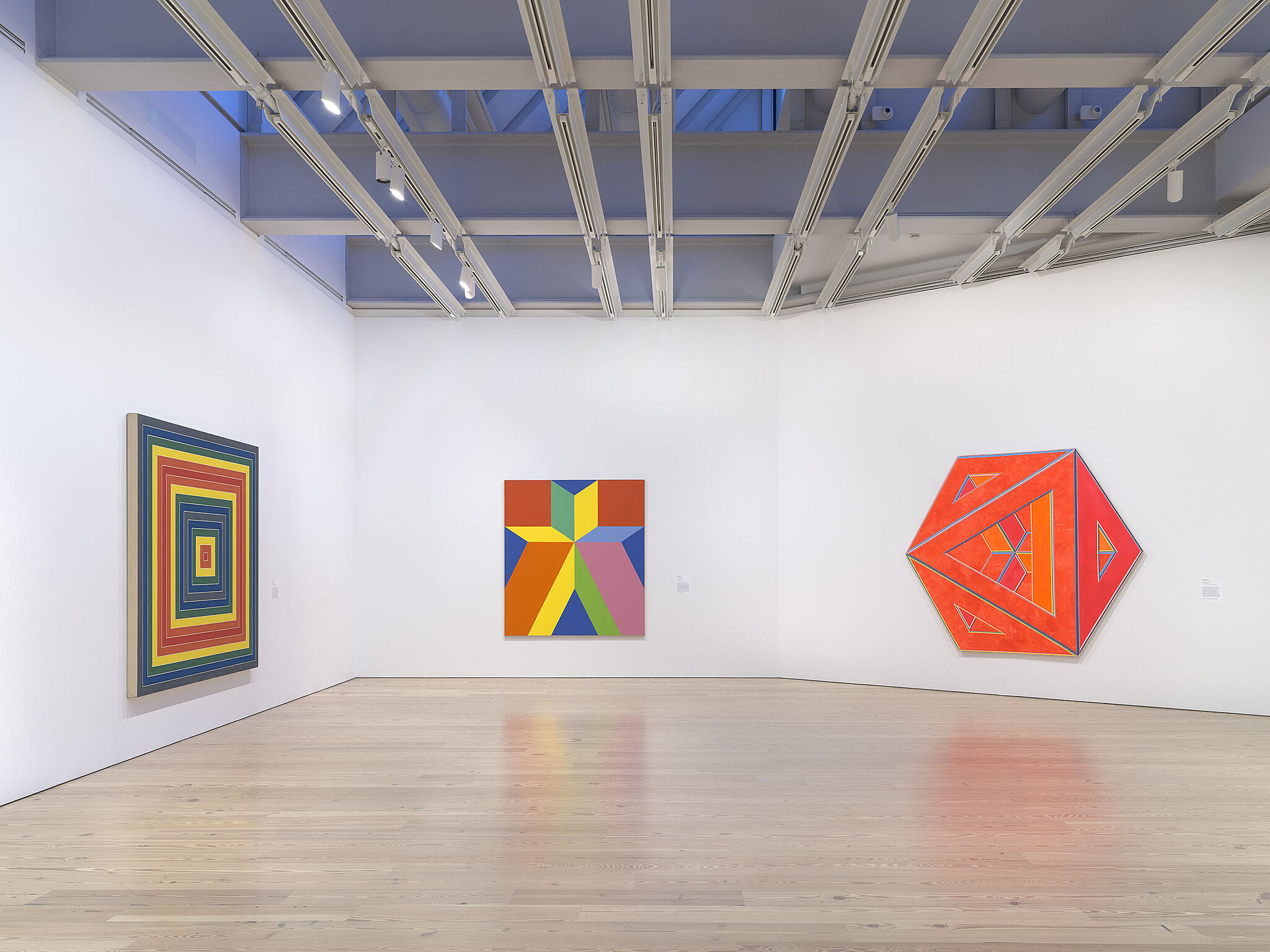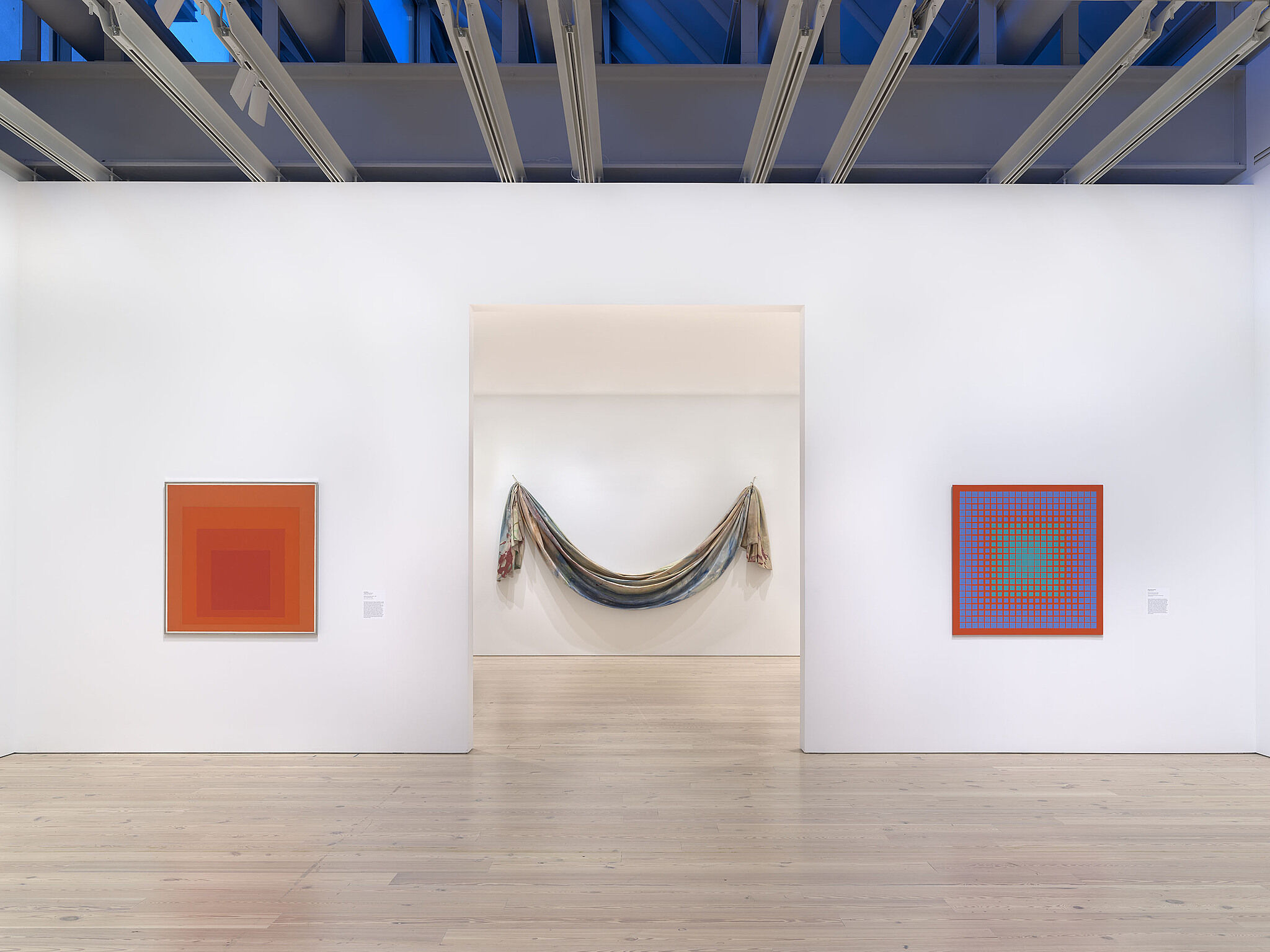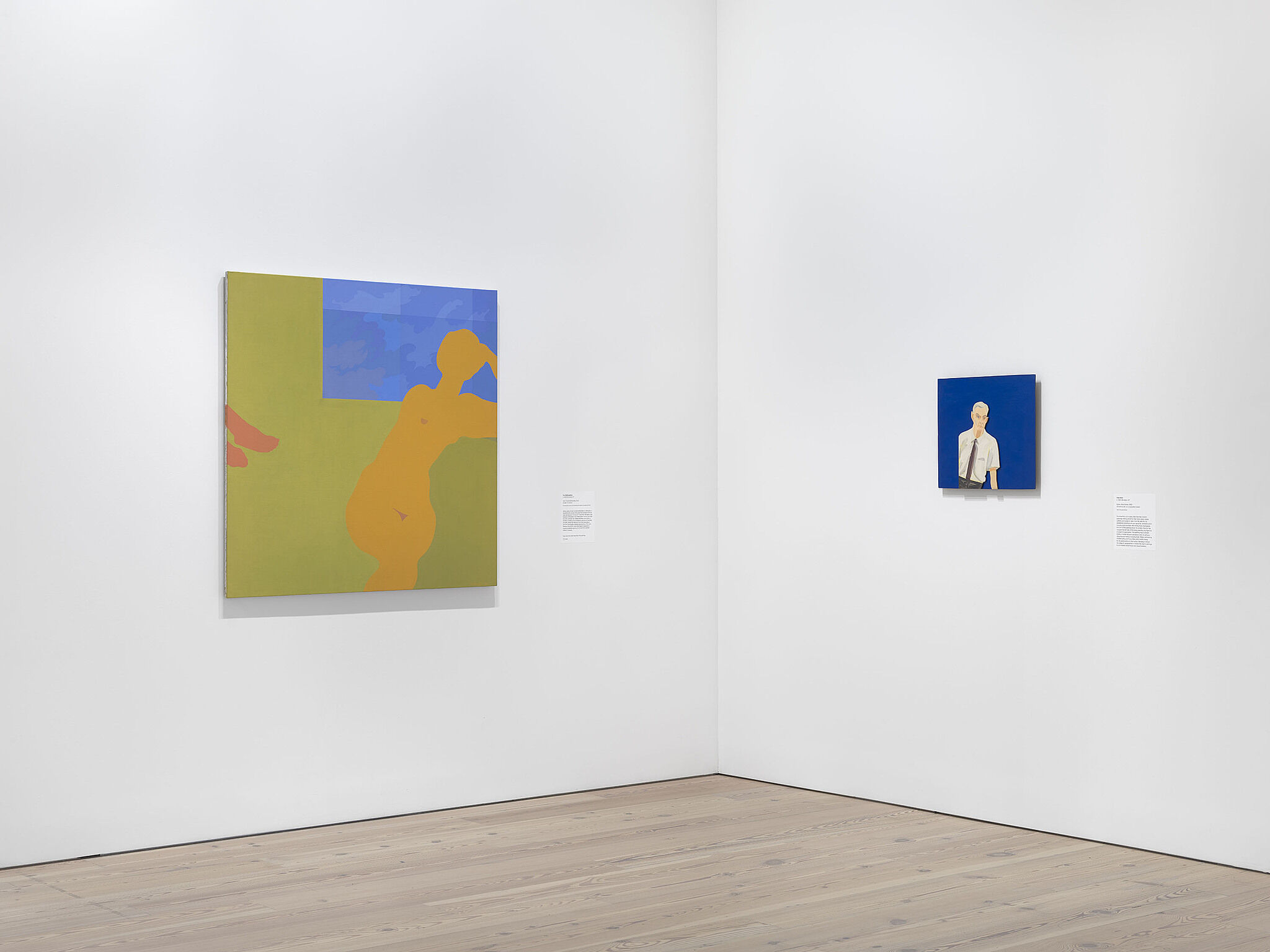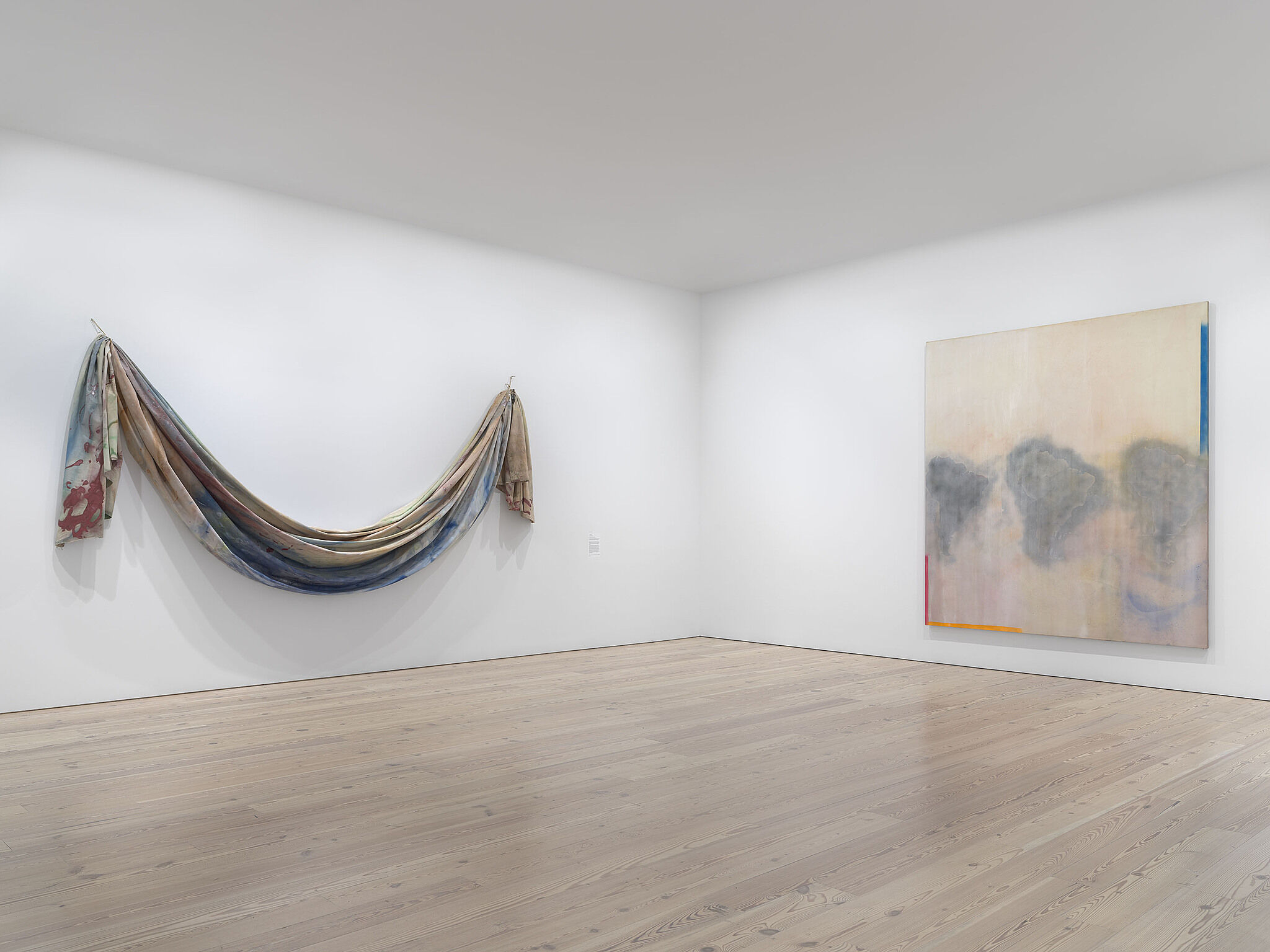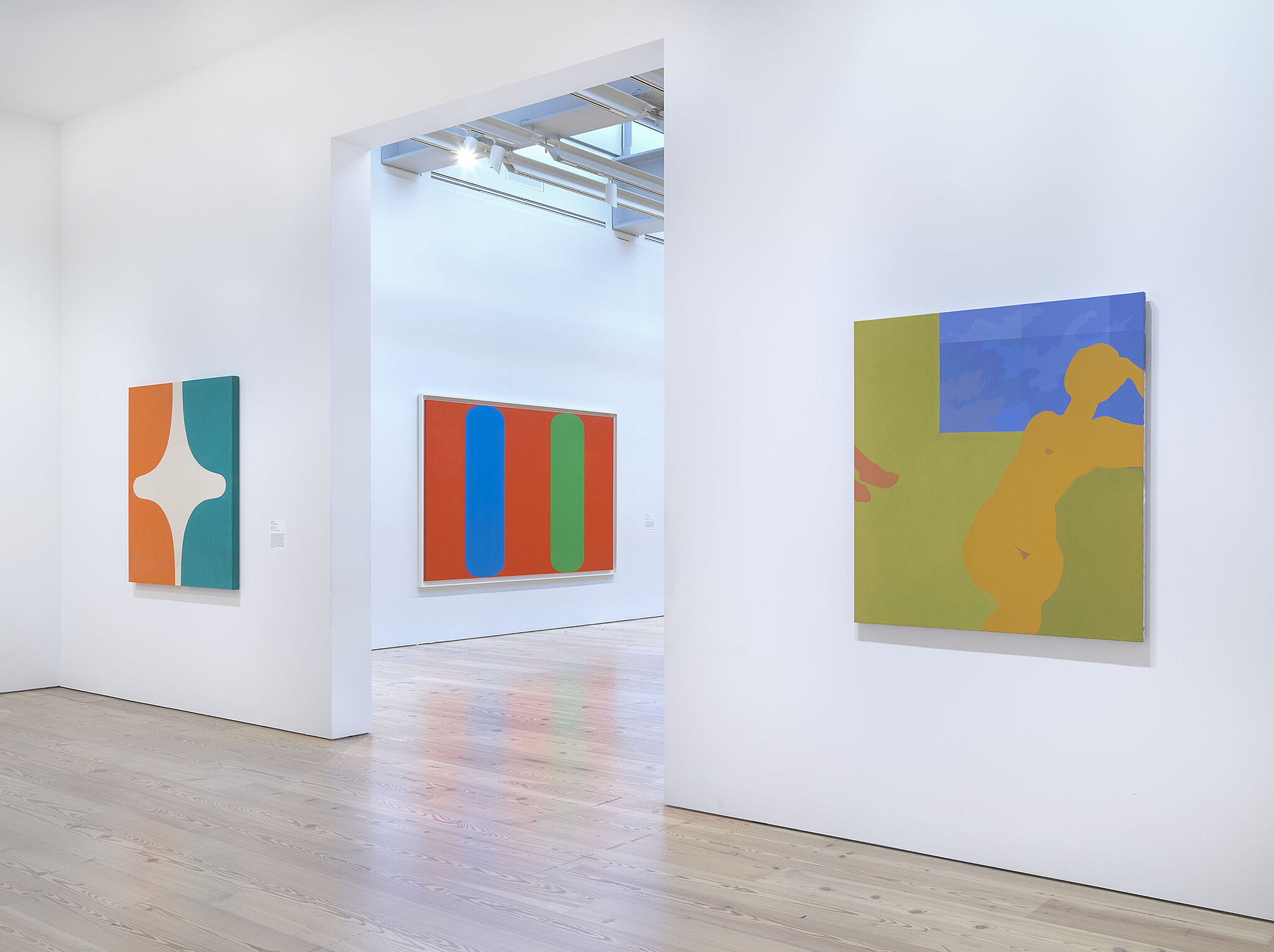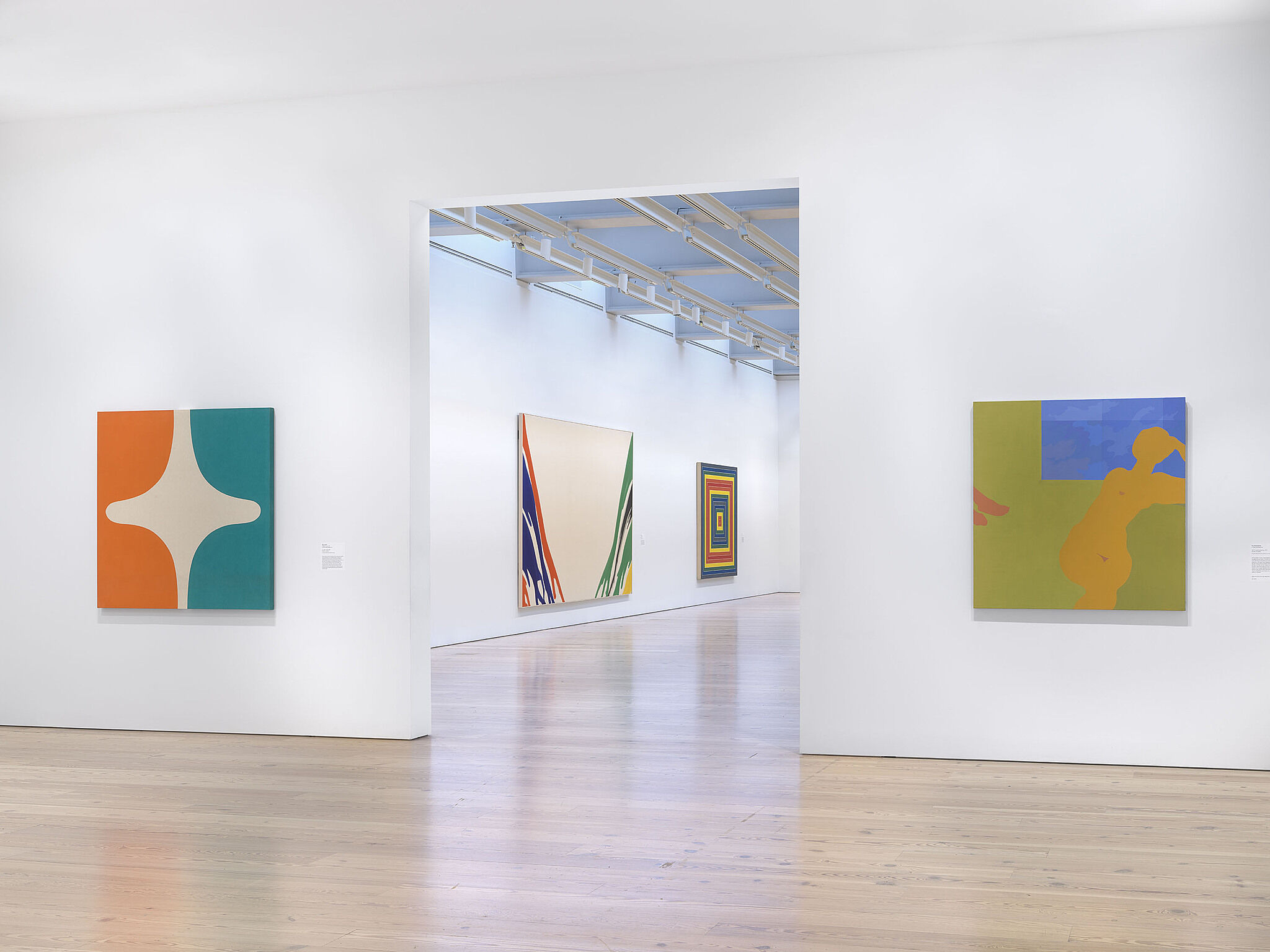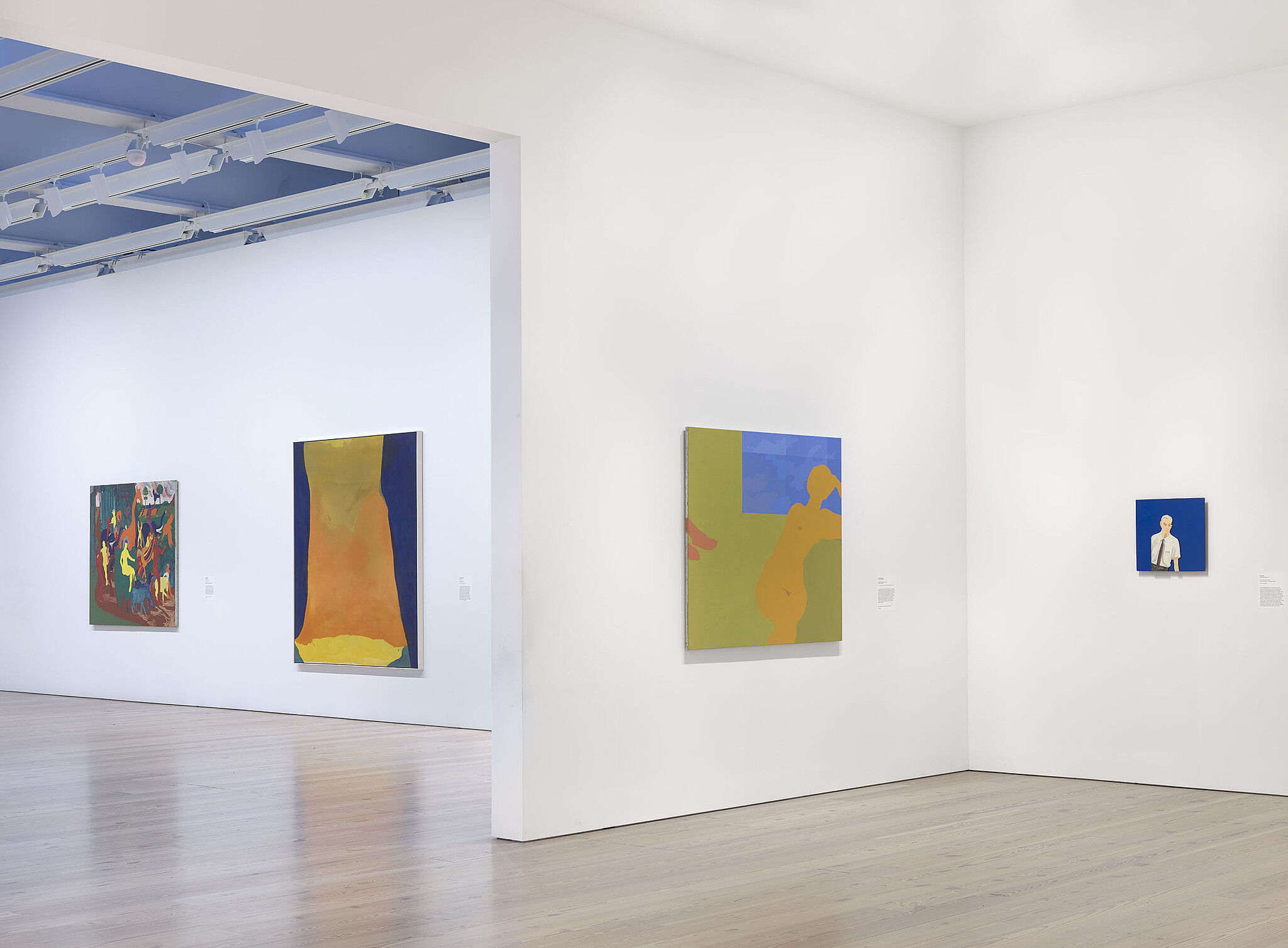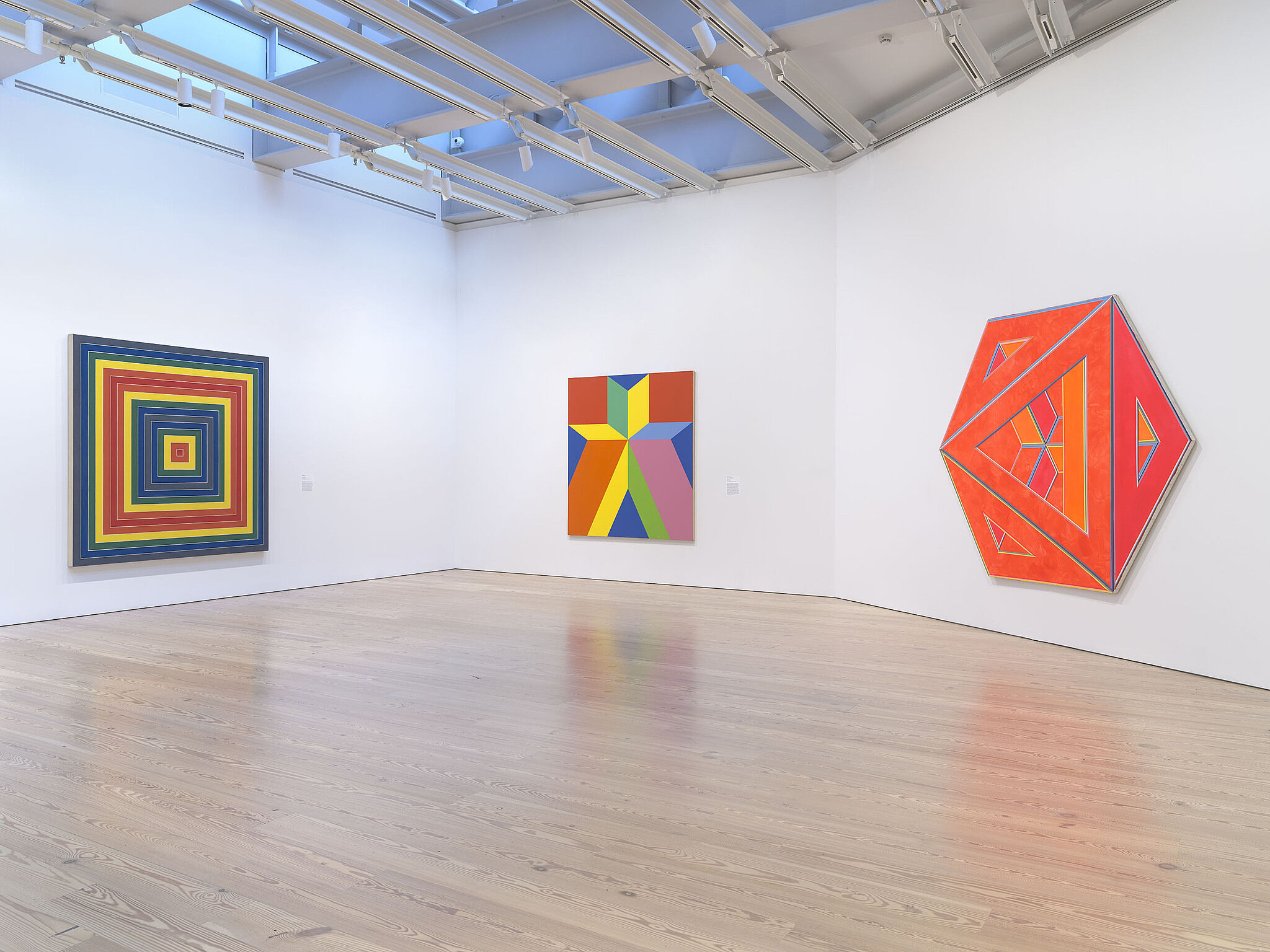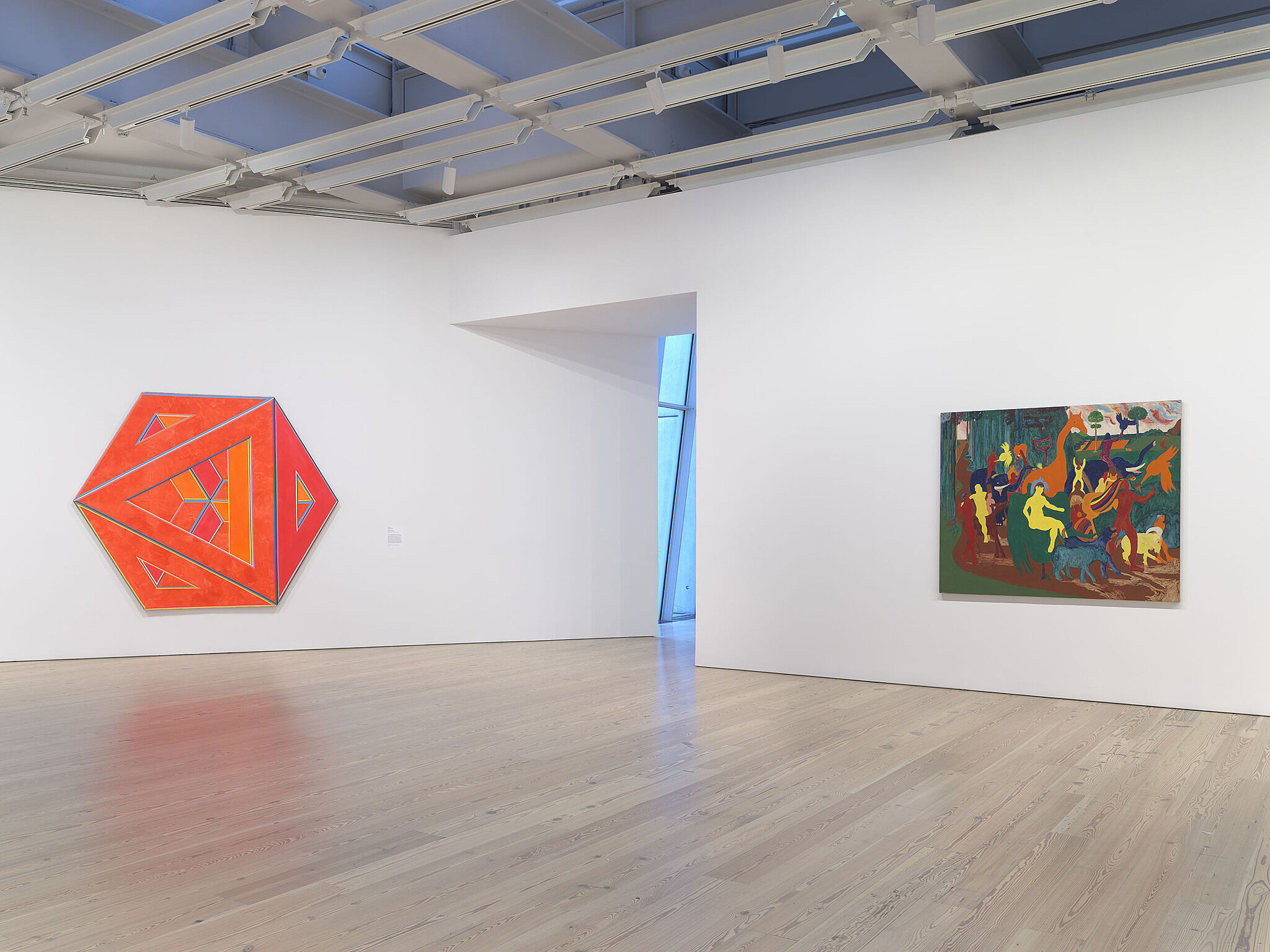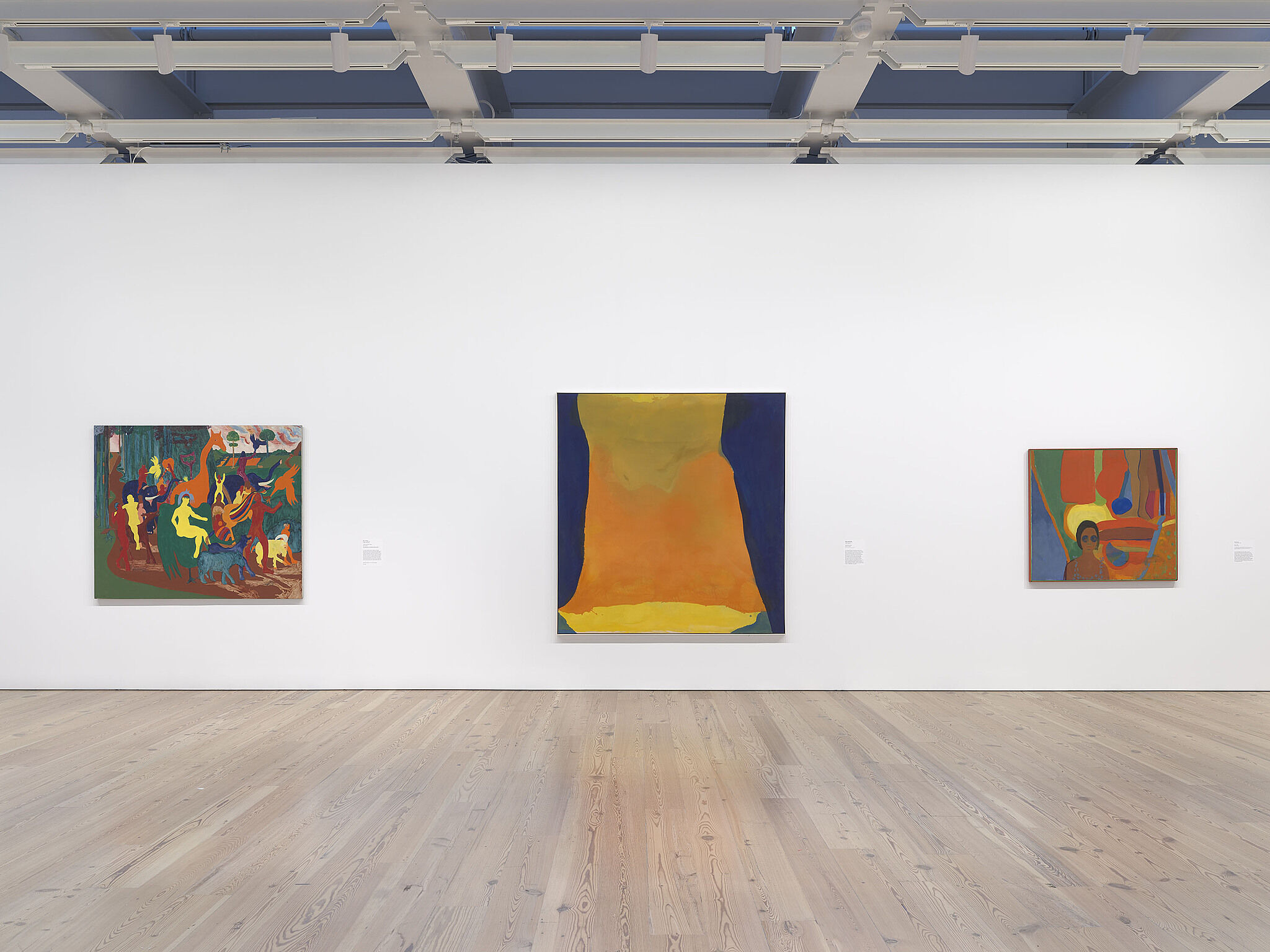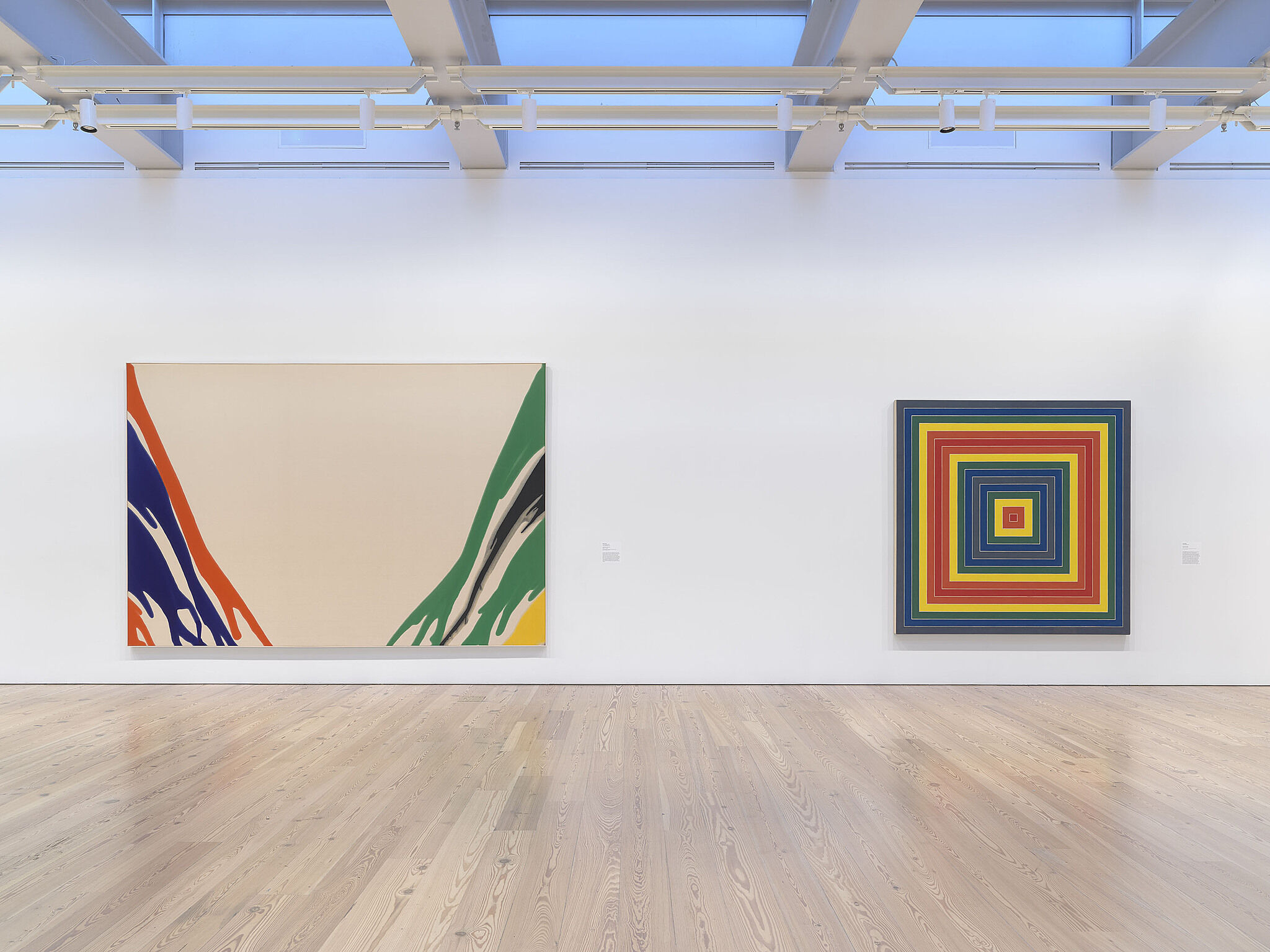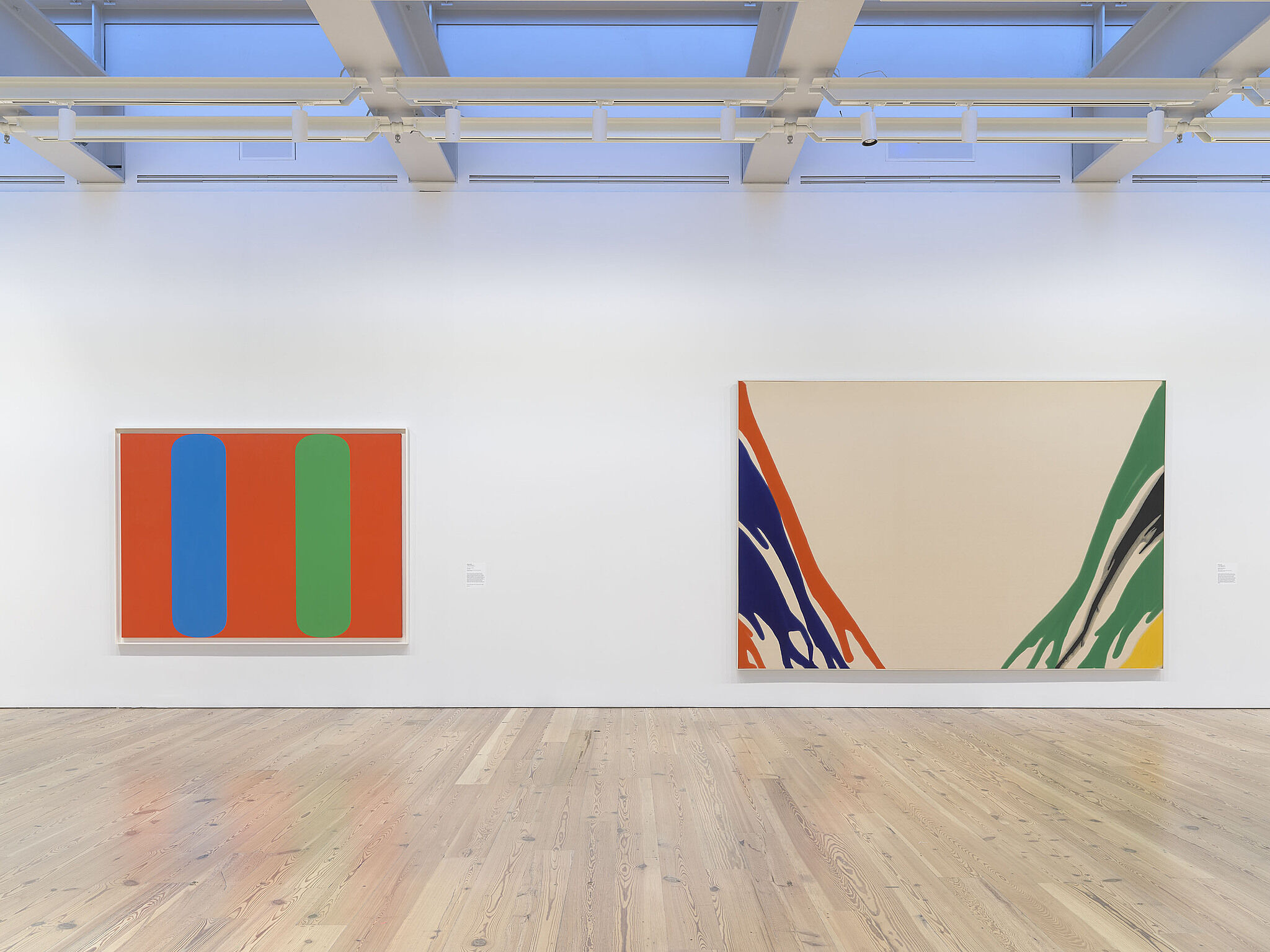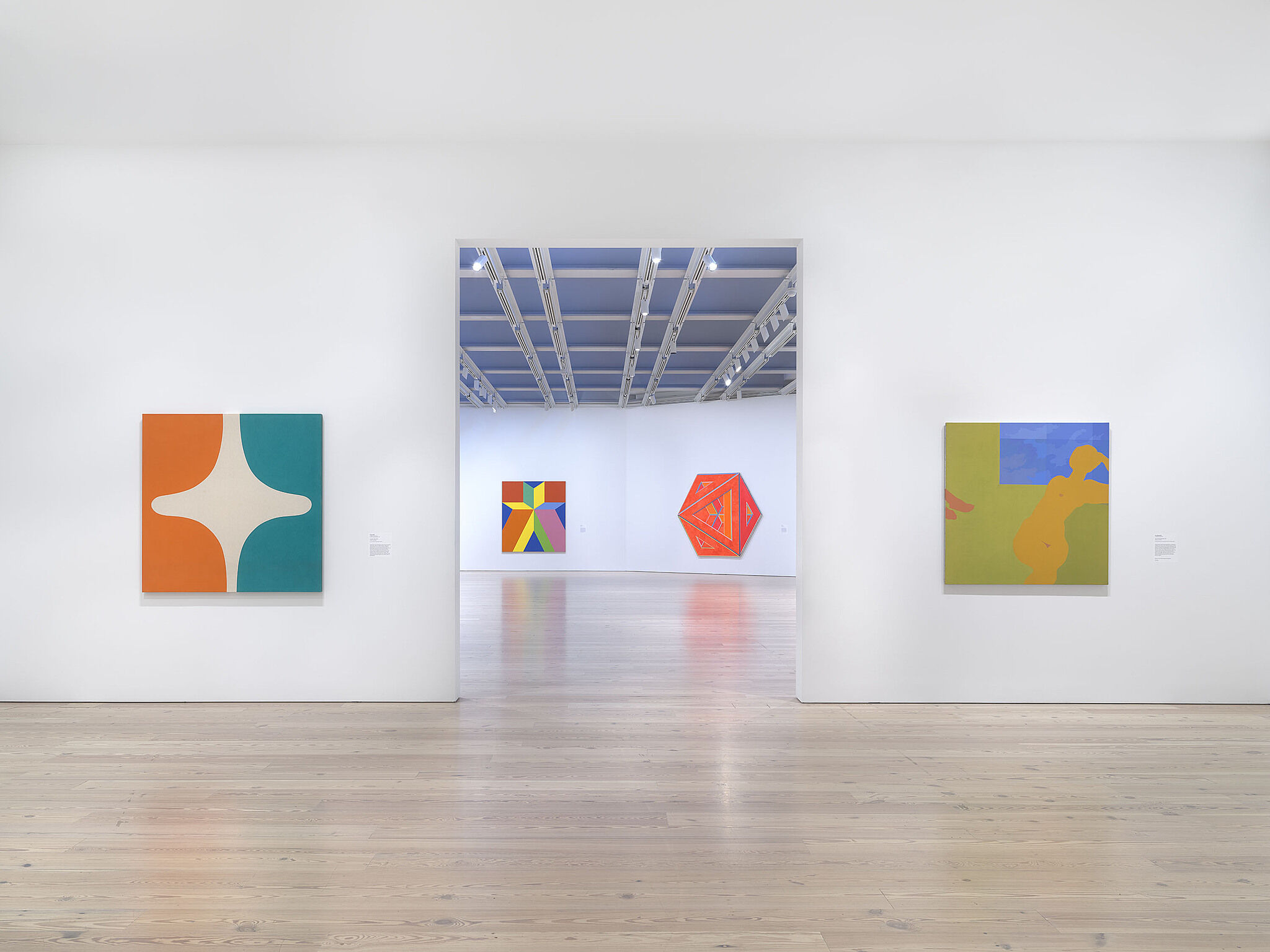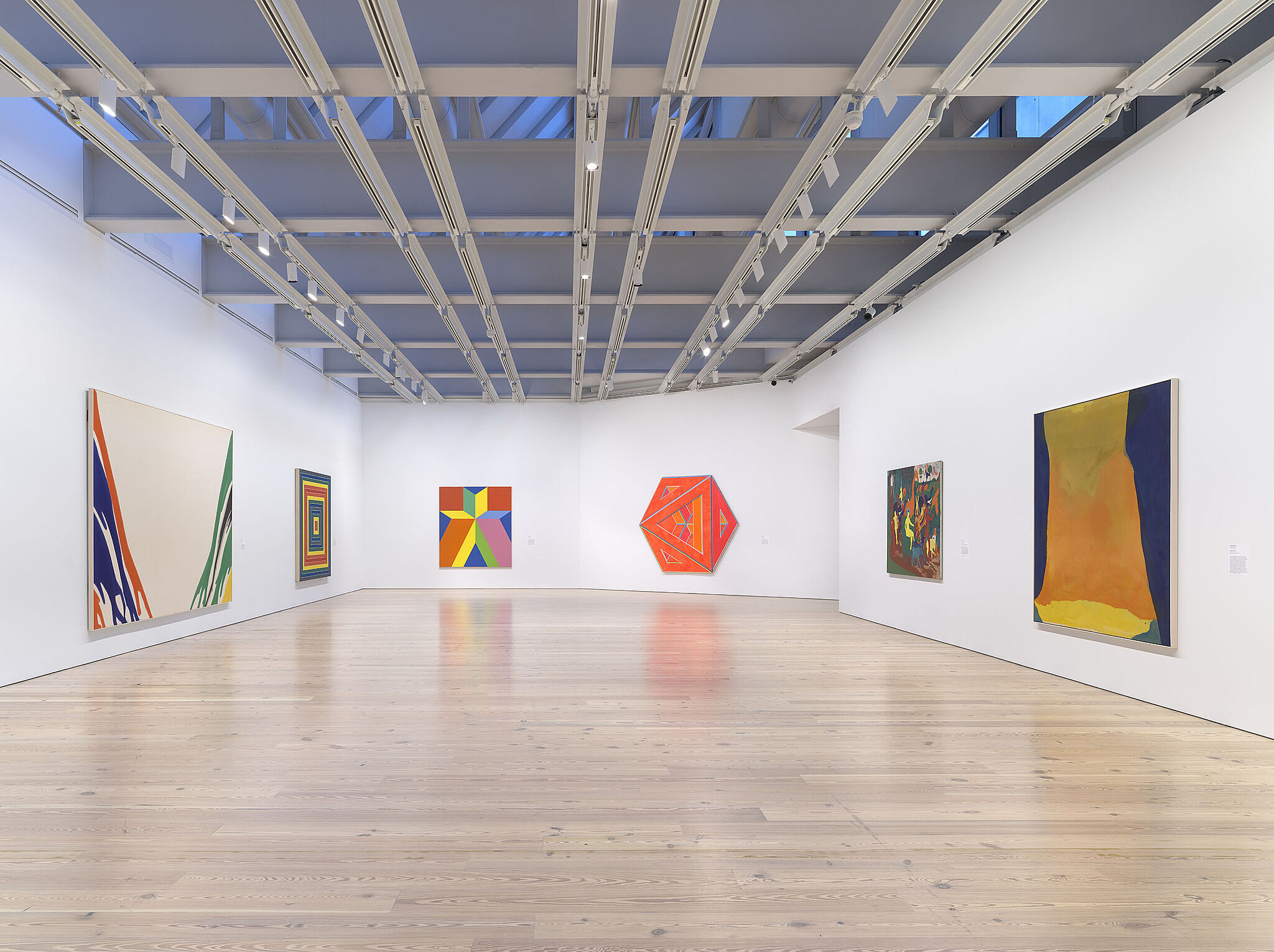Spilling Over: Painting Color in the 1960s
Mar 29–Aug 18, 2019
This exhibition gathers paintings from the 1960s and early 1970s that inventively use bold, saturated, and even hallucinatory color to activate perception. During this period, many artists adopted acrylic paint—a newly available, plastic-based medium—and explored its expansive technical possibilities and wider range of hues. Color Field painters poured paint and stained unprimed canvas, dramatizing painting’s materiality and visual force. Painters associated with Op art deployed pattern, geometric arrangement, and intense color combinations to emphasize that vision is a commingling of physical response and unconscious association. At the same historical moment, an emerging generation of artists of color and women explored color’s capacity to articulate new questions about perception, specifically its relation to race, gender, and the coding of space. The exhibition looks to the divergent ways color can be equally a formal problem and a political statement.
Drawn entirely from the Whitney’s collection, Spilling Over includes important recently acquired works by Emma Amos and Kay WalkingStick, as well as paintings that entered the collection soon after they were made, by artists such as Alvin Loving, Ellsworth Kelly, Miriam Schapiro, and Frank Stella, among others. The title comes from a quote by artist Bob Thompson, whose work is also presented. He said, “I paint many paintings that tell me slowly that I have something inside of me that is just bursting, twisting, sticking, spilling over to get out. Out into souls and mouths and eyes that have never seen before.” Spilling Over demonstrates how painting retained an urgency for artists who wanted to see anew.
The exhibition is organized by David Breslin, DeMartini Family Curator and Director of the Collection, with Margaret Kross, curatorial assistant.
Support for Spilling Over: Painting Color in the 1960s is provided by the LLWW Foundation and the Helen Frankenthaler Foundation.
Alex Katz
9
For more than sixty years, Alex Katz has created paintings distinguished by their bold colors, sharp outlines, and subjects taken from his daily life. By simplifying facial features and using flat, unmixed colors in works such as Edwin, Blue Series, Katz emphasizes the form of the painting above its content. Here he has cropped the left side of the body, asserting the figure as a subject of abstraction. The painting depicts Edwin Denby, a modernist poet and dance critic as well as a close friend of artists, including Katz, Willem de Kooning, Arshile Gorky, and Franz Kline. Katz credits Denby for his appreciation of abstraction. Refusing to reveal his subjects’ personalities or interior life, Katz’s paintings focus instead on technique and visual invention.
Edwin, Blue Series, 1965
-
Alex Katz by Rob Pruitt
"He is a self-proclaimed seeker of the Now, but I’d argue he’s more of a conjurer of the eternal present."
—Rob Pruitt, Interview Magazine
-
Alex Katz’s Life in Art
"His paintings make us see the world the way he sees it...with all but the most essential details pared away."
—Calvin Tompkins, The New Yorker
-
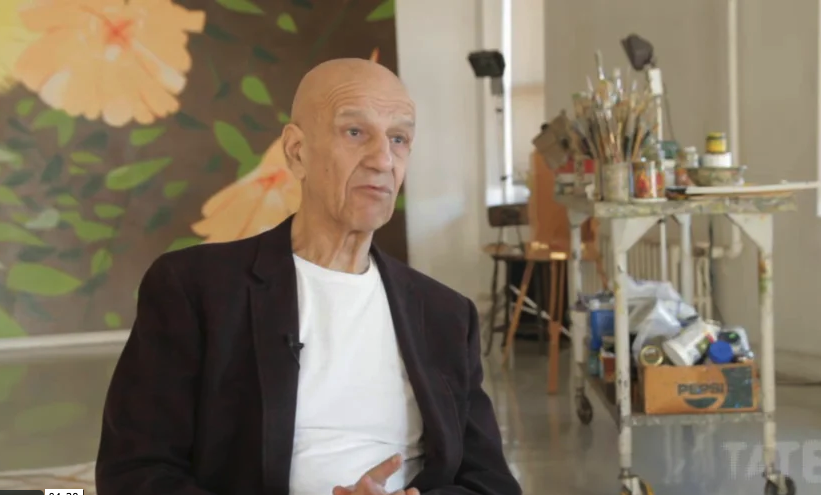
Alex Katz – 'I'm After the Immediate Present'
—Tate
Artists
Mobile guides
"More often than not, you have to assume that there is some sort of relationship between radical gestures and art, and radical gestures and the world."
—Rashid Johnson
Hear from the artists, the exhibition’s curator, and scholars speaking about works on view.
Explore works from this exhibition
in the Whitney's collection
View 18 works
In the News
“It’s a perfect summer show that you will want to visit again and again. Its abounding freshness clears your eyes and lifts your spirits, so that everything around you, in and out of the museum, looks clear, bright, alive, and new.”
-Hyperallergic

